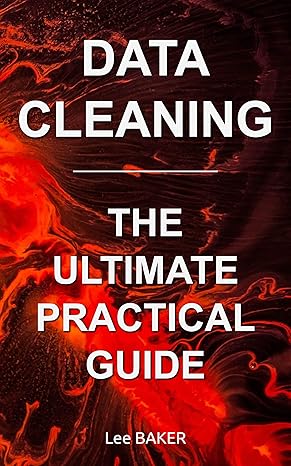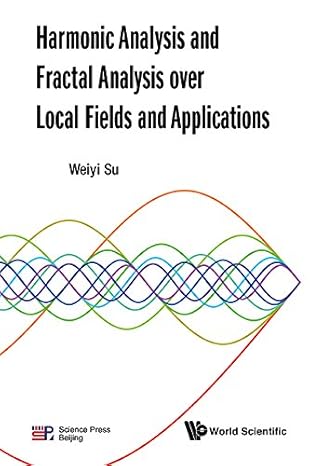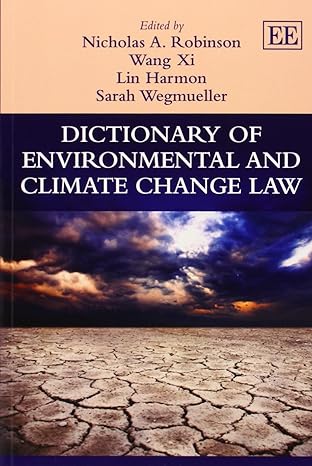Extensively rewritten and reorganized, this new edition of Evolution--featuring a new coauthor: Mark Kirkpatrick (The University of Texas at Austin)--offers additional expertise in evolutionary genetics and genomics, the fastest-developing area of evolutionary biology. Directed toward an undergraduate audience, the text emphasizes the interplay between theory and empirical tests of hypotheses, thus acquainting students with the process of science. It addresses major themes--including the history of evolution, evolutionary processes, adaptation, and evolution as an explanatory framework--at levels of biological organization ranging from genomes to ecological communities.
For Students
Companion Website
The Evolution, Third Edition, Companion Website features review and study tools to help students master the material presented in the textbook. Access to the site is free of charge, and requires no access code. (Instructor registration is required in order for students to access the quizzes.) The site includes the following resources:
* Chapter Outlines and Summaries: Concise overviews of the important topics covered in each chapter.
* Data Analysis Exercises: Expanded for the third edition, these inquiry-based exercises involve students in working with data and analyzing methods and conclusions from published papers.
* Simulation Exercises: Interactive modules that allow students to explore many of the dynamic processes of evolution, and answer questions based on the results they observe.
* Online Quizzes: Quizzes that cover all the major concepts introduced in each chapter. These quizzes are assignable by the instructor.
* Flashcards & Key Terms: Easy-to-use activities that help students learn all the key terminology introduced in each chapter.
* The complete Glossary
For Instructors
Instructor's Resource Library
The Evolution, Third Edition, Instructor's Resource Library includes a variety of resources to help you develop your course and deliver your lectures. The IRL includes the following resources:
* Textbook Figures and Tables: All the figures (including photographs) and tables from the textbook are provided as JPEGs (both high- and low-resolution), reformatted and relabeled for optimal readability when projected.
* PowerPoint Presentations: For each chapter, all of the chapter's figures and tables are provided in a ready-to-use PowerPoint presentation, making it easy to quickly insert figures into your own lecture presentations.
* Answers to the textbook end-of-chapter Problems and Discussion Topics
* Quiz Questions from the Companion Website
* Data Analysis and Simulation Exercises from the Companion Website, with answers
Online Quizzing
A set of online quizzes is available via the Companion Website. These quizzes can be assigned or released for student self-study, at the instructor's discretion. Instructors can also add their own questions to the quizzing system, to create custom quizzes. Results can be viewed online or downloaded for use in gradebook programs. (Instructor registration is required for student access to the quizzes.)
چکیده فارسی
این نسخه جدید Evolution که به طور گسترده بازنویسی و سازماندهی شده است - با یک همکار جدید: مارک کرک پاتریک (دانشگاه تگزاس در آستین) - تخصص بیشتری در ژنتیک تکاملی و ژنومیک ارائه می دهد، سریع ترین - حوزه در حال توسعه زیست شناسی تکاملی. این متن که به سمت مخاطبان مقطع کارشناسی هدایت می شود، بر تأثیر متقابل بین نظریه و آزمون های تجربی فرضیه ها تأکید می کند، بنابراین دانشجویان را با روند علم آشنا می کند. این به موضوعات اصلی - از جمله تاریخچه تکامل، فرآیندهای تکاملی، سازگاری، و تکامل به عنوان یک چارچوب توضیحی - در سطوح سازمان بیولوژیکی از ژنوم تا جوامع بومشناختی میپردازد.
برای دانش آموزان
وب سایت همراه
Evolution، نسخه سوم، وبسایت همراه دارای ابزارهای بررسی و مطالعه است تا به دانشآموزان کمک کند بر مطالب ارائه شده در کتاب درسی تسلط پیدا کنند. دسترسی به سایت رایگان است و نیازی به کد دسترسی ندارد. (ثبت نام مدرس برای دسترسی دانش آموزان به آزمون ها الزامی است.) این سایت شامل منابع زیر است:
* خلاصهها و خلاصههای فصل: مروری مختصر از موضوعات مهم تحت پوشش هر فصل.
* تمرین های تجزیه و تحلیل داده ها: که برای ویرایش سوم گسترش یافته است، این تمرین های مبتنی بر پرس و جو دانش آموزان را در کار با داده ها و تجزیه و تحلیل روش ها و نتیجه گیری از مقالات منتشر شده درگیر می کند.
* تمرین های شبیه سازی: ماژول های تعاملی که به دانش آموزان اجازه می دهد تا بسیاری از فرآیندهای پویا تکامل را کشف کنند و بر اساس نتایجی که مشاهده می کنند به سوالات پاسخ دهند.
* آزمون های آنلاین: آزمون هایی که تمام مفاهیم اصلی معرفی شده در هر فصل را پوشش می دهند. این آزمون ها توسط مربی قابل تخصیص هستند.
* فلش کارتها و اصطلاحات کلیدی: فعالیتهایی با کاربرد آسان که به دانشآموزان کمک میکند تا تمام اصطلاحات کلیدی معرفی شده در هر فصل را بیاموزند.
* واژه نامه
کامل
برای مربیان
کتابخانه منابع مربی
Evolution، نسخه سوم، کتابخانه منابع مربی شامل منابع مختلفی است که به شما کمک می کند دوره خود را توسعه دهید و سخنرانی های خود را ارائه دهید. IRL شامل منابع زیر است:
* تصاویر و جداول کتاب درسی: همه شکلها (از جمله عکسها) و جداول کتاب درسی به صورت JPEG (هر دو با وضوح بالا و پایین) ارائه شدهاند، برای خوانایی بهینه در هنگام نمایش، قالببندی و برچسبگذاری مجدد شدهاند.
* ارائههای پاورپوینت: برای هر فصل، تمام شکلها و جداول فصل در یک ارائه پاورپوینت آماده برای استفاده ارائه میشوند، که به راحتی میتوانید شکلها را در ارائههای سخنرانی خود وارد کنید.
* پاسخ به مسائل پایان فصل و مباحث بحث کتاب درسی
* سوالات مسابقه از وب سایت همراه
* تحلیل داده ها و تمرین های شبیه سازی از وب سایت همراه، با پاسخ
مسابقه آنلاین
مجموعه ای از آزمون های آنلاین از طریق وب سایت همراه در دسترس است. این آزمونها را میتوان برای خودآموزی دانشآموز، بنا به صلاحدید مربی، اختصاص داد یا منتشر کرد. مربیان همچنین می توانند سوالات خود را به سیستم آزمون اضافه کنند تا آزمون های سفارشی ایجاد کنند. نتایج را می توان به صورت آنلاین مشاهده کرد یا برای استفاده در برنامه های کتاب نمره دانلود کرد. (ثبت نام مدرس برای دسترسی دانش آموزان به آزمون ها الزامی است.)
ادامه ...
بستن ...
Ebook details:
عنوان: Evolution (9781605356051) Douglas J. Futuyma, Mark Kirkpatrick
نویسنده: Books
ناشر: Sinauer Associates is an imprint of Oxford University Press; 4 edition (April 15, 2017)
زبان: English
شابک: 1605356050, 978-1605356051
حجم: 288 Mb
فرمت: Image pdf with ocr
ادامه ...
بستن ...
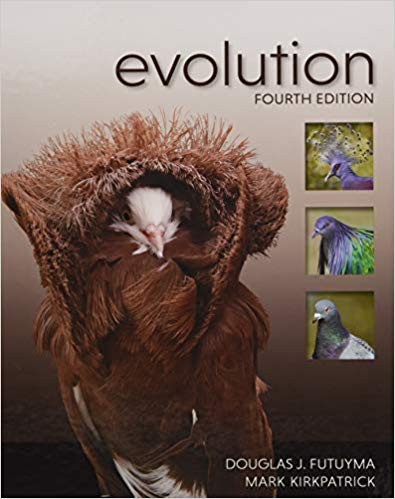

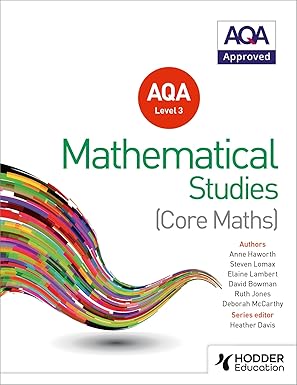
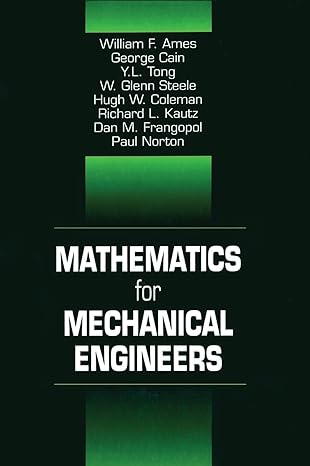

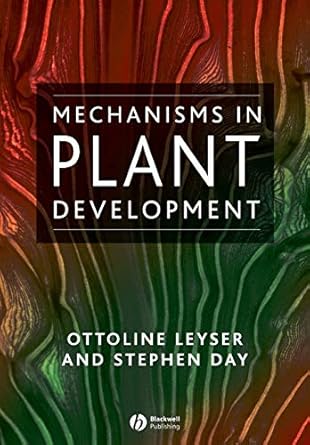

![[Soultion Manual] Statistics for Management and Economics (11th Edition) - Word [Soultion Manual] Statistics for Management and Economics (11th Edition) - Word](https://dl.libsan.ir/images/1/12/61JGRNKwfUL._SY466__66fd1fc169714.jpg)
